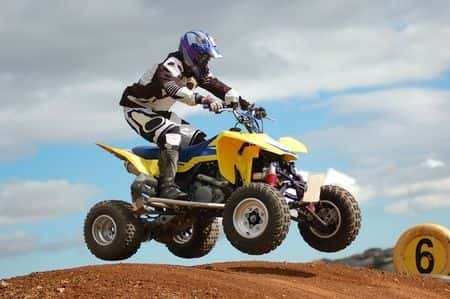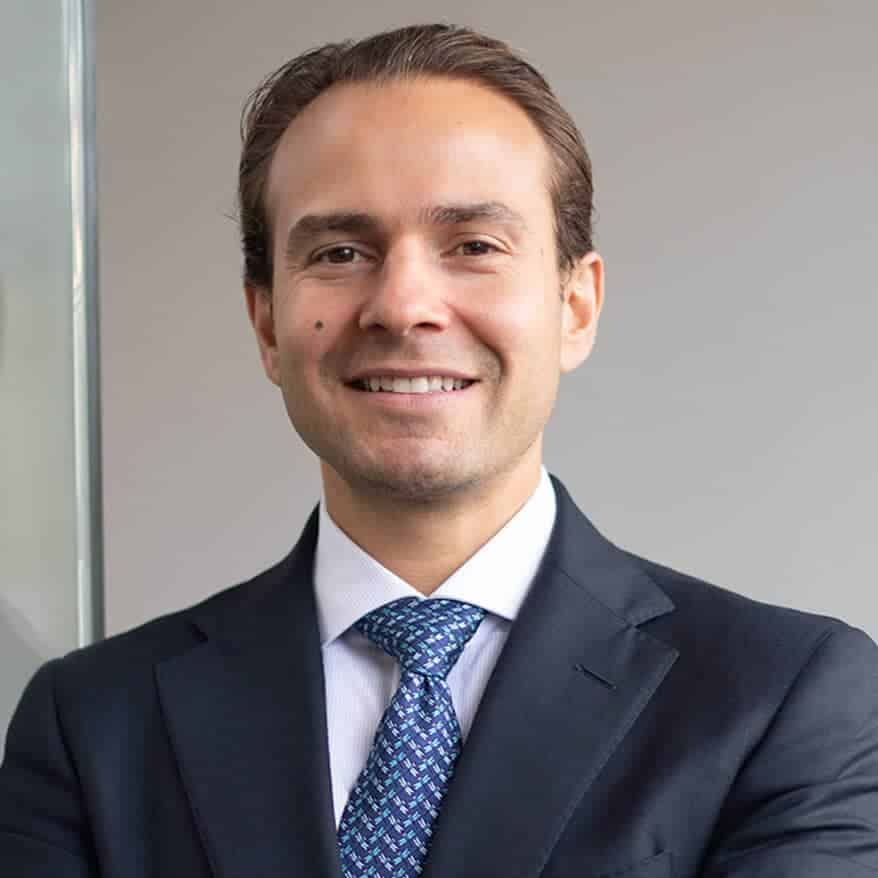This case involves a nearly fatal ATV accident. Both the plaintiff, a twenty-nine-year-old female, and the defendant, a twenty-two-year-old male, were riding ATV’s, individually, on designated trails at a local park. There was one part of the park which featured relatively blind turns, with rocks and uneven terrain on a narrow trail. There were numerous warning signs indicating that vehicles in that particular section should not go above thirty miles per hour. On the narrow trail, the two ATV’s struck each other in a near T-bone crash. The plaintiff’s ATV hit the nose of the other and landed upturned, throwing her from the vehicle. The plaintiff suffered multiple lacerations, three broken bones, and a concussion. The impact of the collision misdirected the defendant, however, into a tree. Among other injuries, the defendant received major head trauma and was left in a coma for two weeks. The plaintiff brought suit against the defendant, alleging that he was driving recklessly and at an unsafe speed. A vehicle accident reconstruction expert with ACTAR certification was needed in the case.
Question(s) For Expert Witness
1. How can the specifics of an ATV accident be discovered, and what challenges exist?
Expert Witness Response
While some commonalities exist between ATV and other vehicular accidents, there remain some very specific differences. In any accident reconstruction, the physical evidence must be evaluated with environmental factors and the application of engineering and scientific principles. Accurate reconstruction may require the use of three-dimensional imaging, engineering principles, mathematical calculations, and physics models. Challenges specific to recreating ATV accidents largely stem from the varied terrain and conditions that exist on many ATV “trails.” In order to discern the details of an accident, the nature of the terrain, the time of day, and (as closely as possible) the exact weather conditions need to be examined. In this case, the preceding paths and the wooded environment, in addition to the standard analyses of the vehicles and riders, need to be examined closely to discover the speed of the vehicles, the drivers’ range of vision, and their ability to maneuver.
About the author
Michael Talve, CEO
Michael Talve stands at the forefront of legal innovation as the CEO and Managing Director of Expert Institute. Under his leadership, the Expert Institute has established itself as a vital player in the legal technology arena, revolutionizing how lawyers connect with world-class experts and access advanced legal technology. Michael's role involves not only steering the company's strategic direction but also ensuring the delivery of unparalleled intelligence and cutting-edge solutions to legal professionals. His work at Expert Institute has been instrumental in enhancing the capabilities of attorneys in case preparation and execution, making a significant impact on the legal industry's approach to expert consultation and technological integration. Michael's vision and execution have positioned the Expert Institute as a key facilitator in the intersection of law and technology.



